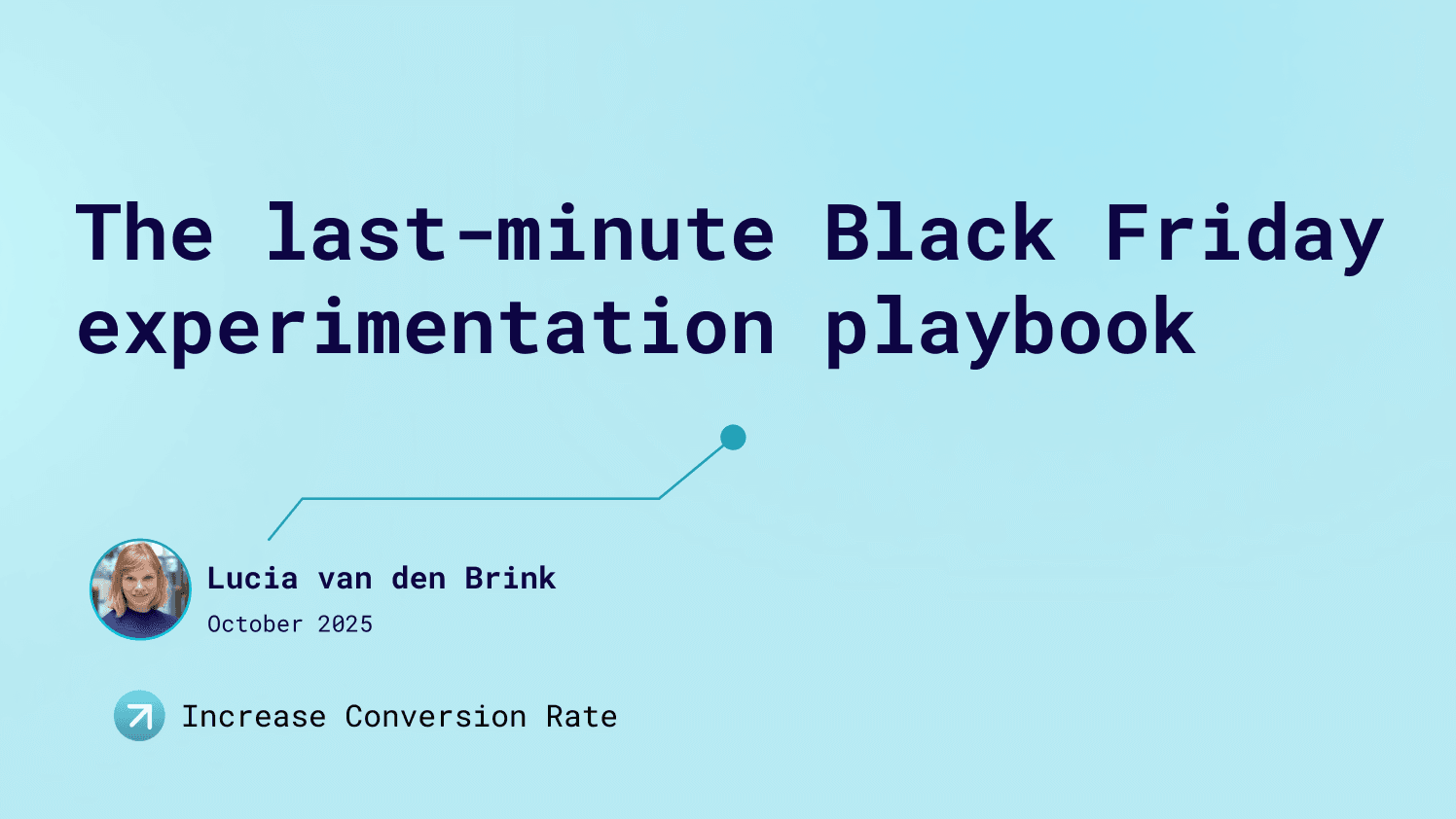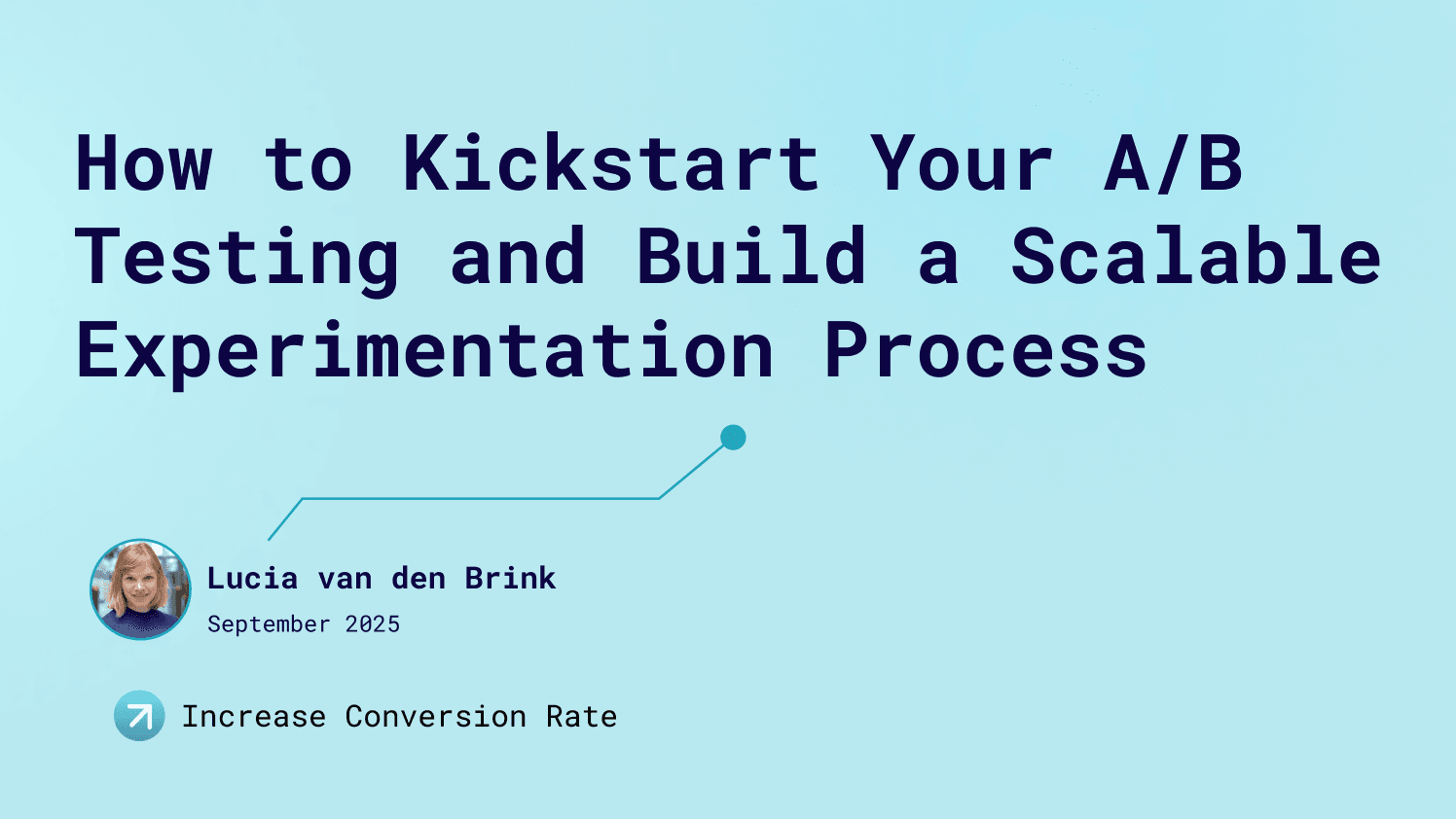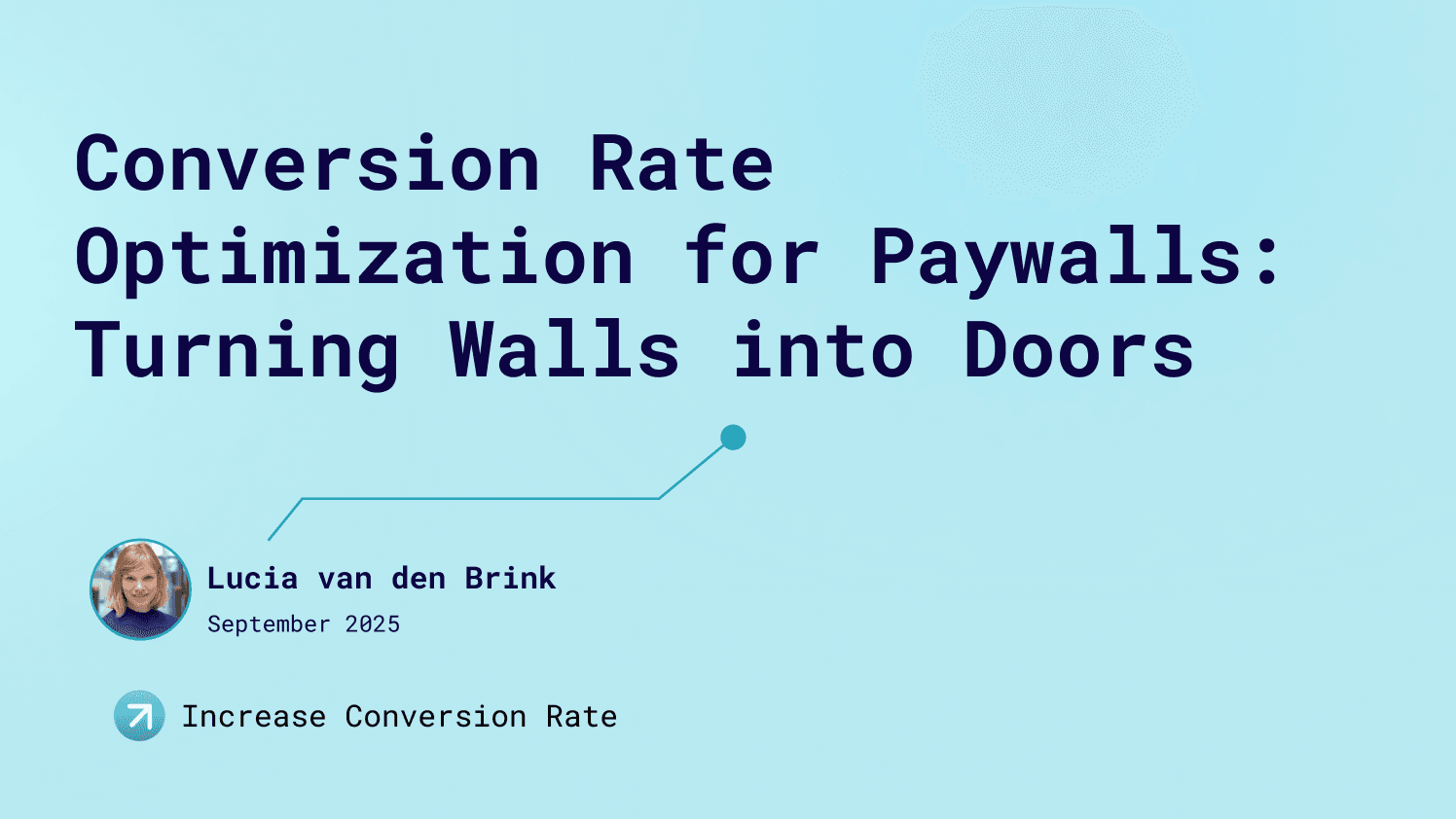
Publication: May 15, 2025
5 Simple Pricing Strategies to Boost Your Conversion Rate
5 Simple Pricing Strategies to Boost Your Conversion Rate
Not only are people loss averse (Kahneman & Tversky, 1979), we also know that paying hurts psychologically (Skwara, 2023). When you design pricing with buyer psychology in mind, you’re not just adjusting numbers — you’re influencing emotion, perception, and decision-making. And that’s where real conversion gains happen.
If you want to find out whether these tweaks will make a difference for your store, the best way is to start experimenting.
Here are 5 easy-to-implement pricing strategies to help you convert more visitors into customers:
Not showing currency signs on your prices
It might seem like a small detail, but removing currency signs from your prices can have a surprisingly big impact — and we’ve seen it firsthand. In one of our A/B tests, simply removing the “$” led to a 2.85% increase in conversions. And we’ve repeated this result across multiple experiments.
Why does it work? According to research, the dollar sign acts as a visual trigger for cost, heightening the shopper’s awareness that they’re spending money — which activates the "pain of paying." Without the symbol, the price can feel lighter, more like a number than a payment.
This tactic works especially well on product listing pages, product detail pages, and even pricing tables — anywhere you're building interest and guiding users toward a purchase. That said, we don’t recommend using it on cart or checkout pages, where clarity and transparency are critical for trust.

Price anchoring
Price anchoring is a strategy that taps into our tendency to use the first number we see as a reference point. Showing a higher initial price sets expectations and makes a lower price feel like a better deal—even if it’s not objectively cheaper. This perceived contrast can influence buying decisions and boost conversions.
To apply price anchoring effectively, display the original (higher) price with a strikethrough next to the discounted price, and clearly label the discount (e.g., “25% off” or “Save $10”). You can also use price anchoring by comparing your prices to your competitors, making your offer look more attractive in comparison. Alternatively, breaking down the cost of your product by use or serving can highlight its value, making it appear more affordable and practical. This method helps customers see the long-term value and makes the price seem lower than it initially appears.
When implementing strategies like price anchoring, it's important to maintain ethical practices. While using psychological pricing techniques can boost sales, it's crucial to be transparent and avoid misleading customers. Practices like exaggerating discounts, misrepresenting competitor prices, or using false claims can damage trust and harm your reputation. Always ensure that your pricing strategies align with fairness and honesty, and provide customers with genuine value. Here’s an example from Ryze:

The endowment effect
The endowment effect is when we start to value something more once it’s in our possession, even if we didn’t think much of it before. It’s why people often feel reluctant to sell or part with their stuff. In business, you can tap into this by giving people a “taste” of your product—like offering free trials or samples. Once they’ve experienced it, they’ll feel more attached and be more likely to make a purchase. It’s all about making them feel like it’s already theirs.
In the digital world, the endowment effect shows up in the form of free trials and freemium models. Tools like Semrush, Airtable, or Monday.com offer limited-time access to their full product. Once users start customizing dashboards, uploading data, or seeing results, they begin to feel a sense of ownership — making them more inclined to convert to paid plans.
Freemium apps like Spotify do something similar. After getting used to the product (and building playlists), users feel invested, making the jump to premium feel like a natural step.
Have a look at how Semrush is using the endowment effect:

Time-Sensitive Discounts for New and Returning Customers
Discounts work — but when and how you offer them matters just as much as the amount.
For first-time buyers, a limited-time welcome offer (like 10% off your first order) reduces uncertainty and taps into reciprocity — they’re more likely to buy when they feel like they’re getting something upfront. It also creates a sense of urgency that nudges them out of analysis paralysis and into action.
For returning customers, offering time-sensitive discounts on repeat purchases (especially for consumables like skincare, coffee, or supplements) leverages reward psychology. It makes reordering feel smart, like they’re being recognized for their loyalty — and that reward becomes even more enticing when it’s only available for a short time.
Together, these time-bound incentives work across the customer journey to reduce hesitation, build loyalty, and drive faster decisions.

Tiered Pricing (Good–Better–Best)
When customers are presented with three options, they tend to pick the middle one because it feels like a safe, balanced choice.
For example, offering a basic, standard, and premium version of a product (at $29 / $49 / $79) can guide users toward the mid-priced option, increasing conversions.
Plus, a well-placed premium tier can also lift your AOV by making the mid-range or high-end option seem more reasonable by comparison ("decoy effect").
The decoy effect works through a psychological principle known as "asymmetric dominance." When people are presented with an option that is not as good as the others but still comparably priced, they are more likely to choose the more reasonable option.
In some cases a 4-product line-up works better than a 3 product line-up. It can be really interesting to A/B test with this for your proposition.

Start small, test what works best for your audience, and keep optimizing. Conversion wins often come from simple moves done well.
So next time you're looking for inspiration on what to experiment with, try these proven ideas — or reach out to us for help with A/B testing. They could work just as well for your business.


